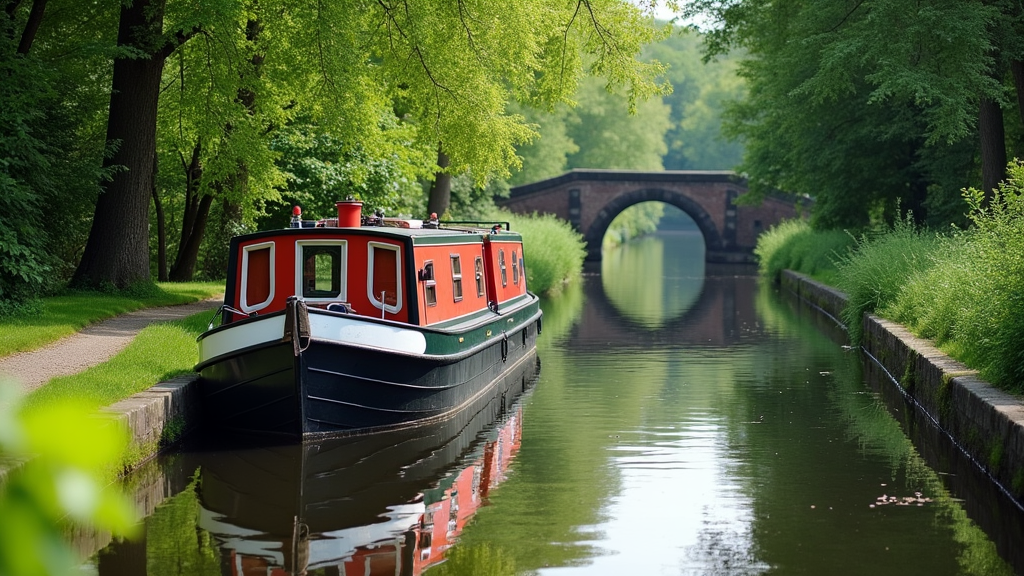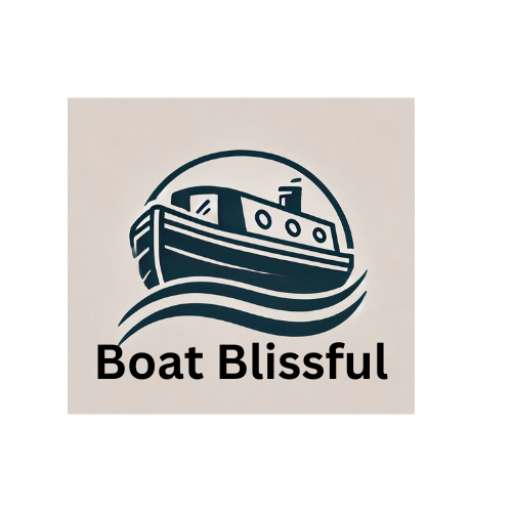Financing Your Narrowboat Purchase
Buying a narrowboat is a pretty exciting move. Whether you’re looking for a quiet home on the water or just want to spend weekends exploring canals, the right way to pay for your boat makes all the difference. The price tag can be hefty, so finding a good finance option is super important. Over the years, I’ve checked out the world of boat finance, and I understand how confusing it might seem at first glance. Here’s an all-in-one walkthrough of your choices for financing a narrowboat, including plenty of real experience and practical tips.

Understanding the Real Cost of a Narrowboat
Narrowboats aren’t cheap, and the initial number isn’t the only thing you should be planning for. Most people focus on the sticker price, which can run from £25,000 for an older secondhand narrowboat to well over £150,000 for a brand-new one. But there’s more to the total cost than just the purchase price. Surveys, licensing, insurance, moorings, and running costs like general upkeep and fuel all play a part in your budget.
It’s easy to forget expenses like repainting the hull (blacking), safety certificates, or regular engine servicing when you’re doing the maths. These extras can add up quicker than you think, so planning for them in advance will save you headaches later. I always recommend setting aside a healthy contingency fund; surprises seem to pop up with boats all the time!
Popular Ways to Finance Your Narrowboat
Narrowboat finance is a bit different from how you’d pay for a home or car, but there are still plenty of options:
- Marine Mortgages: Loans secured on the narrowboat itself, similar to how car loans work. Lenders like Promarine Finance and Lombard are leading choices in the UK. You’ll need a deposit (usually 20%), surveys, and detailed reports.
- Personal Loans: You might use an unsecured personal loan from your bank or credit union. These usually have higher interest and shorter payback periods, but can be good for smaller amounts or when buying an older boat that won’t qualify for marine finance.
- Remortgaging Your House: Homeowners with built-up equity sometimes refinance to fund a boat purchase. They enjoy lower rates and longer repayments, but the house is at risk if something goes wrong with payments.
- Savings, Inheritance, or Family Loans: Many narrowboaters start with money saved up, an inheritance, or a loan from family. While not possible for all, it does get rid of lots of admin and approval stress.
How Marine Mortgages Work
Marine mortgages are probably the most common kind of boat finance in the UK. The lender secures the loan against your boat, which means if you miss payments, the boat can be repossessed and sold.
Going through the steps myself, I was surprised by how much extra paperwork comes along compared to a typical car loan. Think surveys, insurance documents, and builder’s specs if it’s a new boat. Lenders like boats with a solid maintenance record. A professional inspection from a marine surveyor is usually needed too.
Steps in Getting a Marine Mortgage
- Research Specialist Lenders: Not every bank does marine lending, so stick with leaders like Promarine Finance, Lombard, and Pegasus Finance.
- Prepare a Deposit: Expect to need at least 20% of the boat’s value, and sometimes more for older or nonstandard builds.
- Boat Assessment: You’ll need a full out-of-water survey and a valuation report. Lenders look closely at these.
- Get Insurance: Lenders usually ask for insurance that covers them until your loan is paid off.
- Complete the Application: You’ll have to provide your financial history, ID, proof of income, and all the boat’s details. If you’re successful, the funds go straight to the seller or broker.
Lenders prefer newer boats made by trusted builders with their hull IDs clearly marked. Financing becomes tricky for very old or heavily altered boats, so research is key before falling in love with a rare model.
Using a Personal Loan for Your Narrowboat
If you can’t pull together a big deposit, or your target boat is too unusual for marine lending, a personal loan might work. This is an unsecured loan, so your credit score and finances are weighed, not the boat’s status.
Remember, interest rates are higher here, and payback periods are shorter (often up to five years), so your monthly payments will be bigger. The process is quicker, though—you might get an answer within days, and no full marine survey is needed. For older boats or smaller purchases, these loans can be handy. Try checking rates on price comparison sites like MoneySuperMarket and always read the fine print about repayments or setup fees before signing.
Remortgaging or Releasing Equity from Your Home
If you own your home and have built up equity, refinancing can give you access to lower rates and manageable payments over a longer span. Some use home equity to buy the boat outright, or to cover the deposit on a marine mortgage.
This approach is not without risk. Because your house is the security, failure to keep up payments could endanger your property. Weigh this decision carefully and get advice from a mortgage pro before you get into it. Still, for those already planning a new mortgage deal, stretching payments over time makes sense.
Practical Tips When Financing Your Narrowboat
- Know Your Credit Score: Every lender will check it, so get your report from Experian or Equifax and tidy up anything questionable.
- Budget for Extras: Add 10–20% to your boat’s price for surveys, mooring costs, insurance, improvements, and repairs after purchase. Unexpected bills almost always pop up.
- Shop Around: Compare multiple lenders. Interest rates, boat age criteria, and acceptable deposit sizes vary a lot. Pick a deal that suits your needs best.
- Check Age and Condition Rules: Most lenders prefer boats under 20–25 years old when bought. Ex-hire or homebuilt craft can be hard to finance. Always double-check your dream boat qualifies.
Common Questions About Narrowboat Finance
After spending time helping friends and blog readers get on the water, I’ve heard a lot of repeat questions. Here are the answers to the most popular ones:
Can I get a mortgage for a liveaboard boat?
Most lenders are happy with liveaboard use, but you must be upfront. Mooring and insurance policies can change if you’re living on board full-time. Always clarify what’s allowed before signing an agreement.
What deposit do I need for a narrowboat loan?
Marine mortgages will usually want 20–30% down. Personal loans or home equity deals might allow you to borrow the full amount, depending on your circumstances.
How long can I borrow for?
Marine mortgages can run from four to fifteen years. Personal loans tend to be much shorter, generally one to seven years, depending on the lender and how secure your finances are.
Can I use a narrowboat as my only home?
Large numbers of people do this, but very few lenders are willing to offer finance without a land address. You need a steady income and UK residency to qualify most of the time, too.
Costs Beyond the Loan: Budgeting for Life on Board
Your monthly loan payments are only part of the running costs. Make sure your living budget includes insurance (about £200–£500 a year for most), a CRT licence (roughly £900–£1,400 depending on size), hull blacking (expect about £600–£1,000 every couple of years), and mooring fees, which can swing from £1,200 to £4,000 or more annually subject to location and facilities. Always research the area you want to keep your boat, as mooring costs can make or break your budget.
Running expenses like fuel, heating, servicing, and winter maintenance are easy to underestimate. Little repairs always seem to pop up out of nowhere; I can’t stress enough the peace of mind that comes from a cushion fund for those rainy days. The canals are great, but having backup money lets you actually enjoy your new floating home.
Don’t forget to check if the mooring you want is residential or leisure only. It’s a big deal with legal implications if you plan to live onboard full-time.
Final Thoughts on Financing Your Narrowboat
Buying a narrowboat is a big commitment, not just a purchase. The way you pay for it sets the tone for your whole adventure. Give yourself time to track down all the options, ask questions in narrowboat forums, and be honest about your realistic monthly outgoings. Factor in every hidden or running cost—it’s easy to overlook blacking, mooring price changes, or emergency repairs.
Getting good finance in place sets you up for an easier move onto the canals. Take your time, compare deals, and talk to specialists if you feel unsure. The right plan gives you freedom to focus on all the special moments waiting for you on Britain’s waterways. Time to roll—good luck and happy boating!
